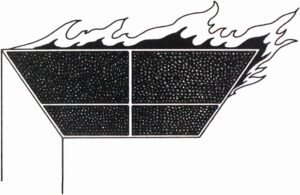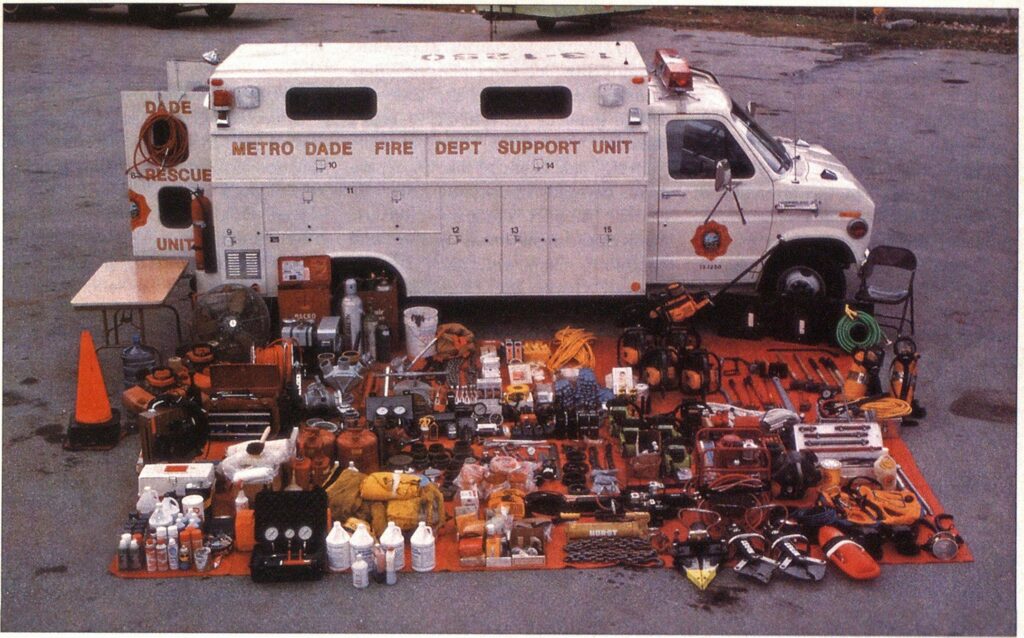SAVING BY THE CODE
ON WEDNESDAY, September 27, 1989 at 2023 hours, the Philadelphia Fire Communications Center received notification of a fire at the Purolite Chemical plant. The fire, which would rapidly expand to six alarms and be fought by approximately 200 firefighters utilizing 30 fire apparatus, was not exceptionally voluminous or beyond the resources of any large metropolitan fire department.





